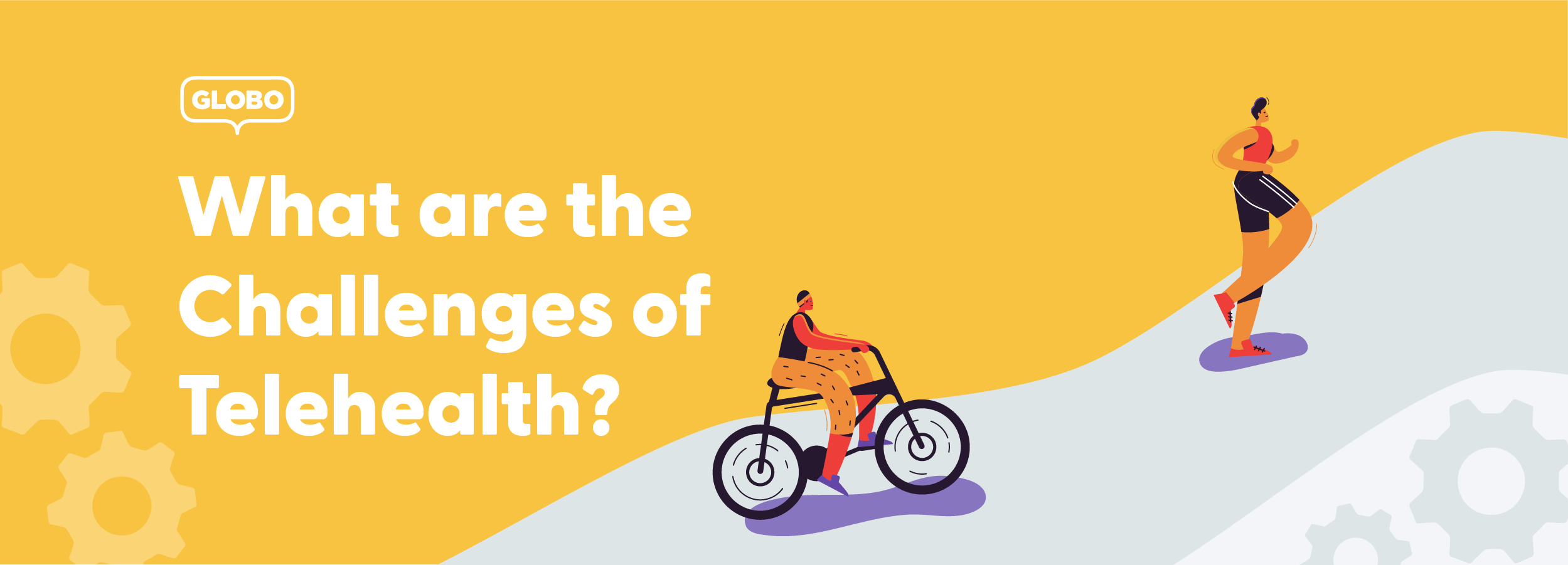
Under unprecedented circumstances of recent months, the healthcare industry has quickly adapted. Providers have made a massive shift toward virtual care in an effort to keep patients safe, with telehealth appointments on track to top 1 billion by the end of the year.
In some ways, we’ve progressed into what feels like the future, with telehealth becoming rapidly and widely adopted in a way no one could have predicted six months ago, creating access to care that would have been impossible without it. But at the same time, we’re facing inadequacies of existing telehealth applications and infrastructure, and gaps in telehealth capabilities that make it even harder to access care for those who are limited-English proficient, Deaf or Hard of Hearing.
With 25 million Americans considered a part of these populations, this oversight has left a large segment with limited access to care. And as healthcare providers race to adopt new technologies, it’s critical that health equity remains a top priority.
While there are certainly challenges that will be encountered as health systems across the U.S. make the transition to offer virtual services, they aren’t impossible to overcome. Below, we’ve outlined three major challenges you might face and how to overcome them:
| Solutions aren’t designed with limited-English speakers or deaf and hard-of-hearing patients in mind | |
| Not all telemedicine platforms are device agnostic | |
| Ensuring your solution meets regulatory and compliance standards |
In the rush to provide care, many health practices overlooked the challenges that those with language barriers may face in the shift toward telemedicine.
For example, in a traditional care workflow:
→ The LEP Patient calls to schedule appointment
→ Provider’s front desk includes phone number to connect to the language services provider, allowing seamless communication
→ Patient receives an appointment reminder via text or email in preferred language
→ At the appointment, the patient communicates with provider via video interpreter
→ Translated follow-up instructions are sent to the patient via email
But, when the pandemic pushed providers toward virtual appointments, the care workflow shifted:
→ The LEP Patient calls to schedule an appointment
→ Provider’s front desk includes phone number to connect to language services provider, allowing seamless communication
→ Patient receives appointment reminder and a link to join the virtual appointment via text or email in preferred language
→ At the appointment, the patient communicates with both the provider and interpreter via video
→ Translated follow-up instructions sent via email.
Though similar, the virtual care workflow can present drawbacks for the LEP patient if not properly executed. In order to ensure LEP patients experience equitable care, certain key features should be in place, such as localized instructions detailing how to join the meeting and expected cues used in other video platforms (i.e., large buttons).
Make sure your health system has a plan for incorporating translation and localization into your telehealth services so that limited-English speaking patients can easily access appointments.
Another challenge of telemedicine platforms is that not all are device agnostic. What device agnostic platforms do is enable patients to join telehealth appointments via computer, tablet, or cell phone. Without a device agnostic telehealth solution, health systems may be unknowingly inhibiting access for some patients.
The limited-English speaking population is more likely to live in poverty, and without readily accessible digital devices or Wi-Fi, managing health through virtual platforms can be especially challenging.
In order to provide equitable care, find a telehealth solution that provides device flexibility and ease of use.
Meeting regulatory and compliance standards is a top priority for health systems, but not all telemedicine platforms (let alone language services providers) are able to live up to those standards.
As private health conversations begin to take place virtually, it’s critical to find a telehealth solution that meets those standards and ensures whoever is providing their language services is compliant as well.
With regulatory entities making swift adjustments, make sure your health system is keeping patient-centered care at the forefront while keeping PHI and PII safe. Request information regarding platform security, quality certifications, and the quality assurance process. Taking these steps to ensure your telemedicine platform is meeting regulatory and compliance standards will keep your patients’ information safe -- and save you from a headache of security audits down the road.
GLOBO’s powerful language services platform, GLOBO HQ™, combines technology, data and qualified linguists to provide you with the language services your health system needs. Schedule a time to learn how you can improve language access with unified language services as your system moves toward patient-centered care.
Fill out the form below and a member of the team will be in touch to schedule.